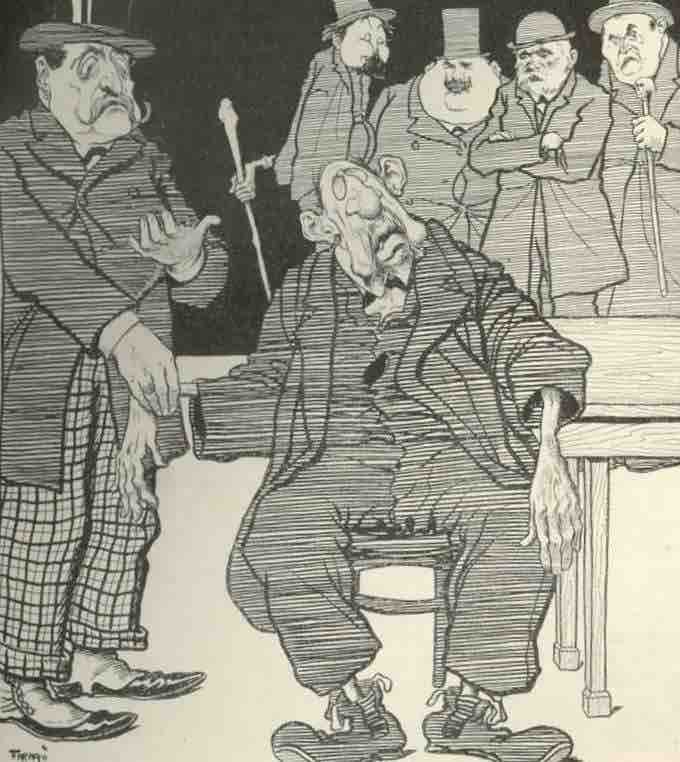Defining Somatic Symptom Disorders
A somatic symptom disorder, formerly known as a somatoform disorder, is a category of mental disorder included in a number of diagnostic schemes of mental illness, including the recent DSM-5 section Somatic Symptom and Related Disorders. To meet the criteria for this diagnosis, a person must be experiencing physical symptoms that suggest physical illness or injury but that are not explained by medical test results or a diagnosed medical condition.
The diagnosis of somatic symptom disorders is historically rooted in the late 18th century diagnosis of "hysteria," which is now considered obsolete. In 1980 the American Psychiatric Association replaced the diagnosis of hysteria in the DSM with more precisely defined conditions and symptoms, such as somatization disorder.
Symptoms of somatic symptom disorders are sometimes similar to those of other illnesses and may last for years. Usually, the symptoms begin appearing during adolescence, and patients are diagnosed before the age of 30. Symptoms may occur across cultures and gender. Other common symptoms include anxiety and depression; however, because anxiety and depression are also very common in persons with confirmed medical illnesses, it remains possible that such symptoms are a consequence of the physical impairment, rather than a cause. Somatic symptom disorders are not the result of conscious malingering (fabricating or exaggerating symptoms for secondary motives) or factitious disorders (deliberately producing, feigning, or exaggerating symptoms)–sufferers perceive their plight as real. Somatic symptom disorder is difficult to diagnose and treat and requires psychiatrists to work with neurologists with this disorder. Those that do not pass the diagnostic criteria for a somatic symptom disorder but still present physical symptoms are usually referred to as having "somatic preoccupation".
DSM-5 Diagnostic Criteria
With the 2013 release of the DSM-5, the diagnoses of somatization disorder, hypochondriasis, pain disorder, and undifferentiated somatoform disorder were removed. Their replacement, somatic symptom disorder, has the following criteria for diagnosis:
- The individual exhibits physical symptoms that suggest physical illness or injury.
- The person's physical symptoms are not fully explained by a general medical condition, substance use, or a different mental disorder (e.g., panic disorder).
- The person must be excessively worried about their symptoms out of proportion to the severity of the physical complaints.
- The individual must have been experiencing these symptoms for at least six months.

Hypochondriac
This image "Hypochondriac" by graphic artist Jozsef Farago shows a man who has hypochondriasis. Hypochondriasis is characterized by a persistent fear of illness.
Controversy
Somatic symptom disorder is a controversial diagnosis. Some psychiatrists argue it is problematic because it is based primarily on negative criteria—that is, on an absence of other explanations. Consequently, any person suffering from a poorly understood physical illness could be seen as fulfilling the criteria for this psychiatric diagnosis. The DSM-5's somatic symptom disorder brings with it a risk of mislabeling a sizable proportion of the population as mentally ill, which has substantial social consequences.
Etiology
Although variations on somatic symptom disorder have been studied and diagnosed for more than a century, there is still substantial debate and uncertainty surrounding its pathophysiology. Most current explanations focus on a possible misconnection between the mind and the body. One of the oldest theories proposes that it is a result of the body's attempt to cope with emotional and psychological stress; another hypothesis is that people with the disorder have heightened sensitivity to internal physical sensations and pain. Cognitive theories explain the disorder as arising from negative, distorted, and catastrophic thoughts and reinforcement of these thoughts. A recent review of cognitive–affective neuroscience research suggests that catastrophization in patients with these disorders tends to correlate with a greater vulnerability to pain.
Treatment
Currently, cognitive behavioral therapy (CBT) in collaboration with a patient's primary care physician is the best available treatment for most somatic symptom disorders. CBT aims to help patients realize that their symptoms are not catastrophic and to help them gradually return to activities they previously engaged in without fear of “worsening their symptoms.” Recently, some practitioners have begun treating this disorder with antidepressants, but conclusive evidence of this method's efficacy has not been found. Electroconvulsive shock therapy (ECT) has been used in treating somatic symptom disorder among the elderly; however, the results were inconclusive, and there are concerns about the side effects of ECT.